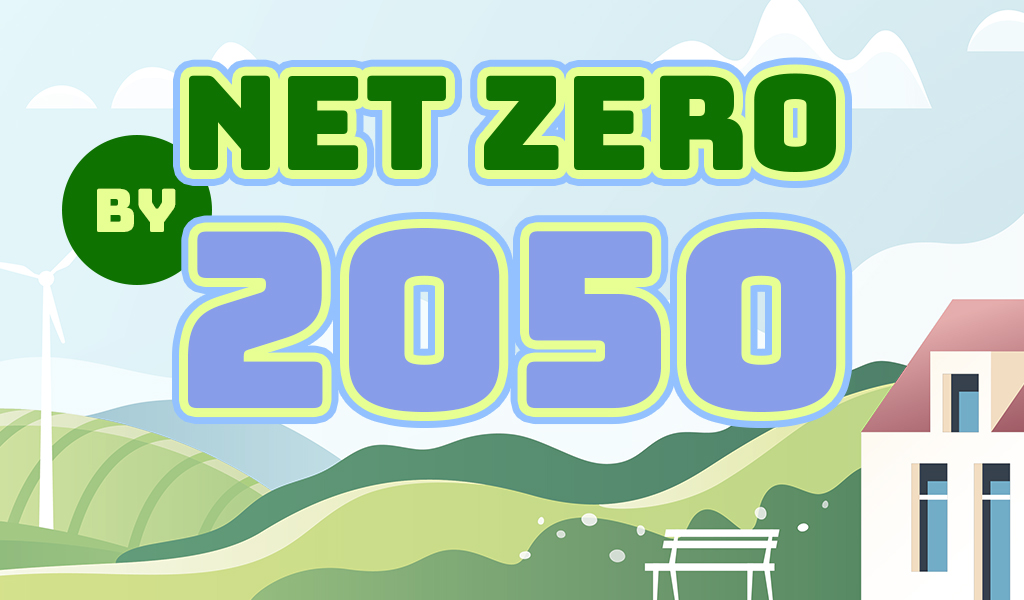
In his welcome message on the COP 28 Presidency Website, the President-Designate H.E. Dr Sultan Ahmed Al Jaber stressed the urgency of the discussions that will be taking place.
“At COP21 in 2015, the world agreed to limit global warming to 1.5°C compared to pre-industrial levels by 2050. To remain on target, science tells us that emissions must be halved by 2030. We only have another seven years to meet that goal. COP28 UAE is a prime opportunity to rethink, reboot, and refocus the climate agenda.”
The forthcoming UN Conference on Climate Change is being held in Dubai, United Arab Emirates (UAE), from 30th November to 12th December this year and so far progress towards meeting reduced carbon emission targets has been disappointingly slow. An article by Forbes in January 2023 also stressed the vital importance of COP 28.
“There was widespread consternation at the lacklustre COP27 climate conference in Egypt at the end of 2022, and fears that a similar lack of ambition would prevail as the journey starts to COP28, to be held in the United Arab Emirates, one of the world’s biggest oil producers.
“But as the UAE starts the countdown to the next UN climate conference at the end of the year, there is a notable sense of urgency, purpose and realism – in the climate community at large, and from the next summit hosts.
“COP28 will be a significant moment because it marks the first ‘global stocktake’, a comprehensive assessment of progress against the goals of the Paris Agreement.”
Innovations for energy efficiency and carbon reduction
An article posted by the World Economic Forum in February 2022 stated that heating and cooling technology for buildings produces approx. 15% of global carbon emissions. However, the author continues:
“The good news is that innovation already exists to increase energy efficiency and decarbonize heating, cooling and ventilation, while creating comfortable, healthy indoor spaces. If we can accelerate adoption of these technologies and scale them globally, it will move us toward the UNFCC goal of net-zero carbon emissions by 2050 at the latest.”
As a world market leader in the non-domestic HVAC sector, Schwank has always prioritised maximising energy efficiency throughout its product range. This not only reduces the carbon footprint of the buildings in which Schwank systems are installed but cuts the operating costs for the company’s industrial and commercial customers. So it’s a win-win situation.
Schwank is also making significant moves in delivering renewable solutions to the marketplace, while also ensuring that these offer maximum flexibility to its customers in the period of transitioning to Net Zero. This is typified by the company’s geniumSchwank tube heater, the world’s first ever heating solution that can be safely powered by 100% hydrogen gas. However, notably, geniumSchwank systems can be installed now, before hydrogen gas networks become available. This is because the heater can perform equally well using natural gas or LPG, and converting these heaters to work on 100% hydrogen is a very simple process.
Like other world leading companies in the HVAC sector, Schwank is focused on the environmental agenda as a major priority. It is certain that the technological advances that such companies are making will be pivotal in achieving the sustainable future being envisaged by the COP 28 Conference hosts.

